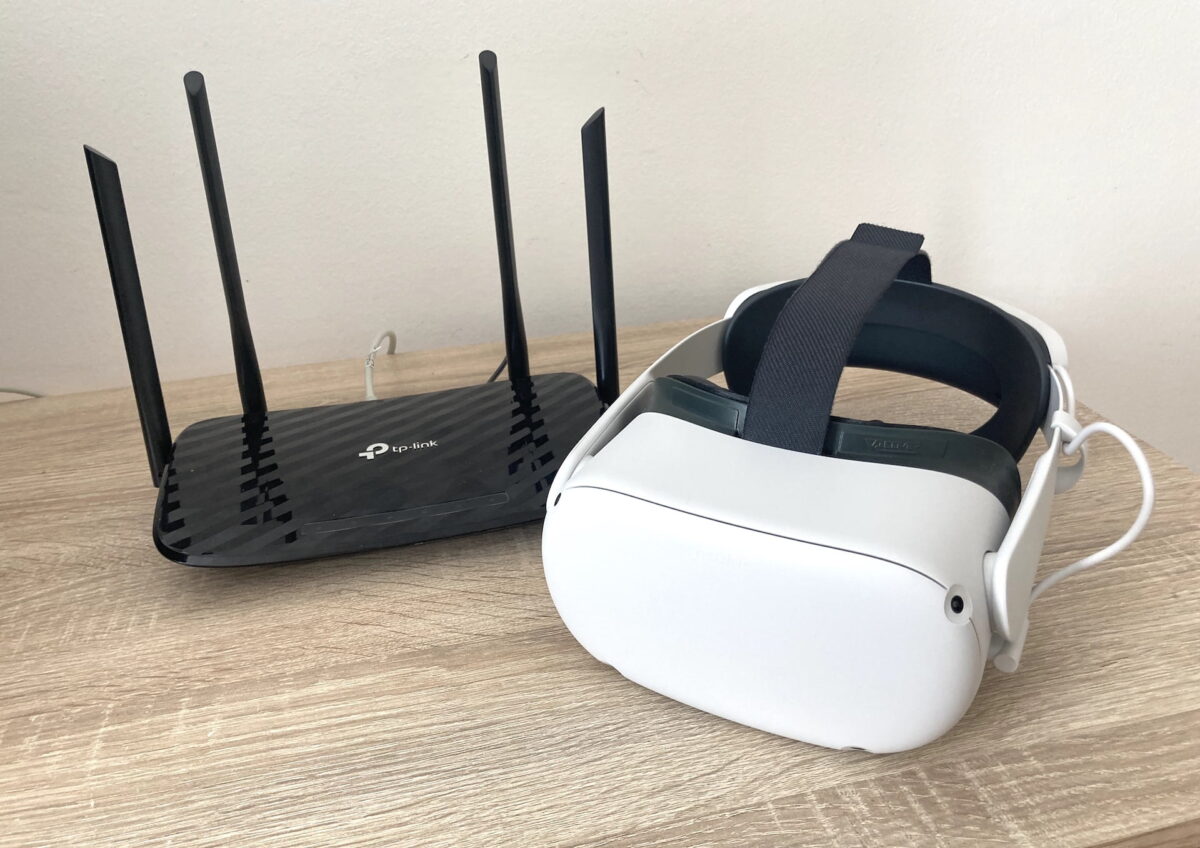Quest 2: Why PC VR remains relevant for Meta

Meta Quest 2 as a PC VR headset works better than ever. And it will get even better in the future because Meta needs the PC.
I remember when Meta announced Oculus Link and the first impressions arrived. That was in September 2019 at Oculus Connect 6, almost three years ago.
My skepticism was high, due to Meta's unorthodox streaming process: with Oculus Link, the image signal is first compressed from the PC and then streamed into the Meta Quest as a video feed. I feared that this had to be accompanied by high latency and degradation of image quality.
Other drawbacks included the relatively low resolution (1,440 x 1,600 pixels per eye, PenTile display) and refresh rate (72 hertz) of the Meta Quest.
When I later tried Oculus Link with an Oculus Rift S, my reservations were confirmed: PC VR with the Meta Quest was noticeably worse for me than with a native PC VR headset.
Content
PC VR with Quest 2: A Mature Solution
Three years later, the PC VR experience is significantly better. With Meta Quest 2, you can now access the full resolution (1,920 by 1,832 pixels per eye) and refresh rate (120 hertz) of the VR headset, and it's all wireless - thanks to Air Link.
While PC VR headsets like the HTC Vive Pro and Valve Index require expensive accessories for wireless virtual reality, Quest users do not have to wear any additional hardware on their bodies and get the feature for free.
Picture quality and latency aren't on par with a native PC VR cable connection, but the difference is manageable considering the benefits Air Link offers: full freedom of movement with little setup and usage effort.
Five years ago, hardly anyone expected wireless VR to be solved with software and a conventional WLAN router alone.
Air Link dongle could give PC VR a new boost
Air Link left the experimental phase with the latest Quest update and is now a regular feature. I've been using Air Link more and more lately, and often even with games that are available in a native Quest version.
The much sharper image and mostly slightly nicer graphics are worth it to me to run Air Link, especially because the feature runs much better and is less buggy than it was when it was first introduced in April 2021, which shows that Meta is trying to continuously improve the PC VR experience.
The Achilles' heel of Air Link is the initial setup. It can put stumbling blocks in the way of PC and network laymen and overwhelm them.
A solution seems to be in sight: According to rumors, Meta is working on an Air Link dongle that could make PC VR streaming setup (instructions) foolproof. If this accessory does indeed hit the market, all you'll need in the future is a free USB slot on your computer. This will make Air Link accessible to even more people.
The Link interface needs a facelift
One unfinished business is the outdated Rift user interface that Quest users see when they launch Oculus Link or Air Link. A Quest-owned Link UI would make using the VR headset on a PC much easier, especially for newcomers.
Meta announced a corresponding integration in September 2020. The Oculus blog mentioned a "unified system experience" that would allow users to see all Quest and Rift apps side by side and access native Quest features. The new PC VR user interface was supposed to be released in 2021. Unfortunately, we haven't heard anything about it since then.
There is also room for improvement in streaming technology, which Meta could reportedly exploit soon.
Meta's upcoming premium headset Cambria could support a feature called DSC (Display Stream Compression) according to findings in the code, which guarantees virtually lossless and latency-free compression of video data when using a cable.
Air Link could also see an upgrade: Cambria will almost certainly support Wi-Fi 6E for higher throughput and lower latency wireless PC VR streaming. Both features could find their way into Meta Quest 3 later on.
Why PC VR remains relevant for Meta
Why Meta continues to invest in PC VR seems logical to me: In the long term, mobile VR and PC VR will probably converge thanks to cloud streaming. With Avalanche, Meta has a corresponding service in development. The first tests with 5G are currently underway in the USA.
In addition, high-end VR experiences like those enabled by PC VR will be in greater demand again in the future. The reason for this is Playstation VR 2. Meta does well to keep its PC VR platform open for such developments - and because of a possible new VR initiative from Valve.
In any case, the PC will probably become more important again as a VR device for work and productivity. Cambria's focus on productivity will require an external computer for many productivity applications. Accordingly, it makes sense for Meta to optimize its premium device for PC VR use. The next Quest generation should also benefit from this.
Note: Links to online stores in articles can be so-called affiliate links. If you buy through this link, MIXED receives a commission from the provider. For you the price does not change.